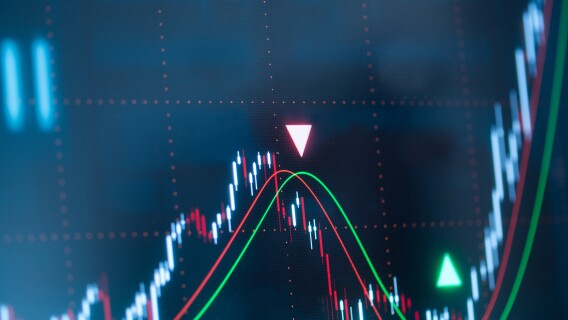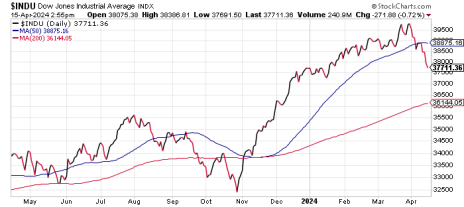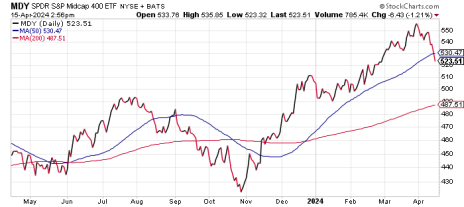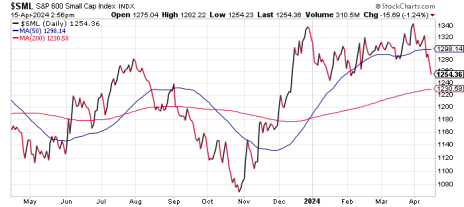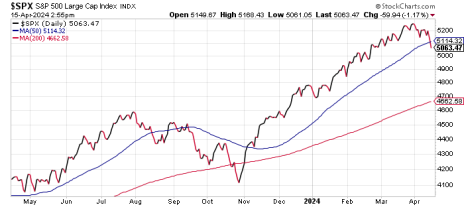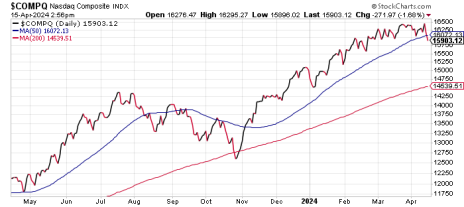The most important trend-following tool for growth stock investors is the simple 50-day moving average. You should own growth stocks that are in uptrends above it, and you should welcome opportunities to buy when those stocks correct down to that 50-day moving average. (It’s usually best if that average is rising.)
The 200-day moving average, by contrast, is of little use for long stretches of time. In long bull markets, stocks can trade well above their 200-day moving average for more than a year.
But in major corrections—and even bear markets—the 200-day moving average can be the most valuable moving average of all. That’s because just when all the news seems darkest—just when investors begin to feel that all is lost—the 200-day moving average pipes up and says, “Hey, this looks like a terrible time to sell; perhaps you should think about buying!”
[text_ad]
They say a picture is worth a thousand words, so let’s take a look at the following stock charts.
The 200-Day Moving Average, in Six Charts
The Dow Industrials
The S&P Midcap (MDY)
The S&P 600 (Small Cap)
The NYSE Composite
The S&P 500 (Large Caps)
The Nasdaq Composite (Growth Stocks)
The charts above reflect broad selling pressure in the markets, with the large-cap and tech-heavy indices trading furthest north of their 200-day moving averages.
Given the mega-cap, tech-driven nature of the rally to start 2024, that shouldn’t come as a surprise.
Small and mid-caps, on the other hand, missed the early stages of the rally and don’t have nearly as much room before the 200-day is actually in play.
With the last few trading days’ action, all six indexes above have dipped below their 50-day moving averages, but are (thankfully) still well off their 200-days.
Could the 200-day lines come into play if this dip keeps dipping? It’s certainly possible, but it’s still far too early to view this as anything more than a much-needed breather or possibly a healthy, if overdue, correction.
We’ll be keeping an eye on our favorite indicators, looking for a green light to increase equity exposure while managing risks via position sizing and stops.
Do you use the 200-moving average as a measuring stick in your investing? Or do you use other forms of technical analysis? Tell us about them in the comments below.
[author_ad]

